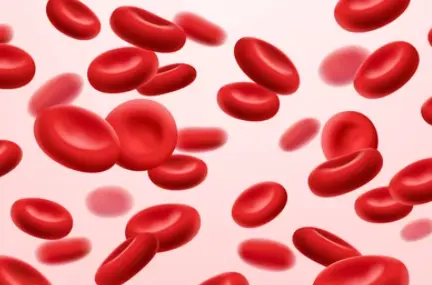 Welcome
Welcome
“May all be happy, may all be healed, may all be at peace and may no one ever suffer."
Hereditary hemorrhagic telangiectasia - Generics
Hereditary hemorrhagic telangiectasia (HHT), also known as Osler-Weber-Rendu disease, is a genetic disorder that affects the blood vessels. It is characterized by abnormal blood vessels, called telangiectasias, which are fragile and prone to bleeding. These blood vessels can be found in various parts of the body, including the nose, lungs, and brain.
Symptoms of HHT can vary widely and depend on the location of the abnormal blood vessels. Common symptoms include recurrent nosebleeds, gastrointestinal bleeding, and shortness of breath. In severe cases, HHT can lead to complications such as stroke, heart failure, and liver failure.
Diagnosis of HHT typically involves a thorough medical history, physical examination, and imaging studies such as CT scans or MRIs. Genetic testing may also be used to confirm a diagnosis.
Treatment for HHT is focused on managing symptoms and preventing complications. This may involve medications to control bleeding, surgical interventions such as embolization to close off abnormal blood vessels, and regular monitoring and screening for potential complications.
Prognosis for HHT depends on the severity of symptoms and the individual's response to treatment. While there is no cure for HHT, with appropriate management and medical care, many people with the condition are able to live full and active lives.
If you or a loved one has been diagnosed with HHT, it is important to work closely with a healthcare provider who specializes in the condition. They can help you understand your treatment options and develop a plan to manage your symptoms and prevent complications.

Bacterial or fungal vagin...

General weakness

Preventing rejection of n...

Cancer Prevention

Acute & chronic conjuncti...

Tuberous sclerosis

Cancer pain

Venous thrombosis
Hereditary hemorrhagic telangiectasia, বংশগত হেমোরজিক তেলঙ্গিকেক্টেসিয়া
To be happy, beautiful, healthy, wealthy, hale and long-lived stay with DM3S.